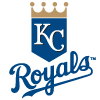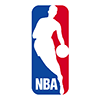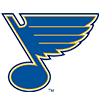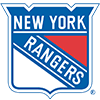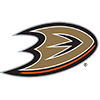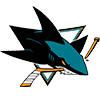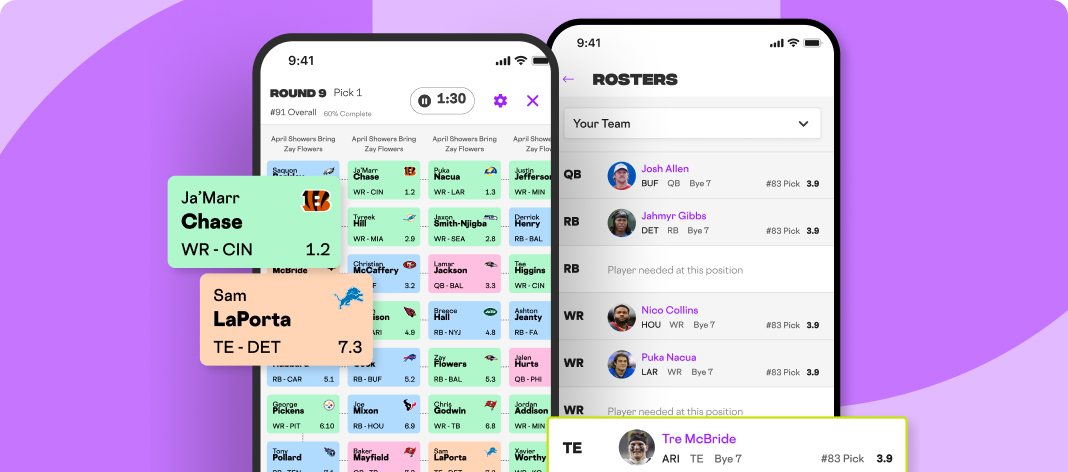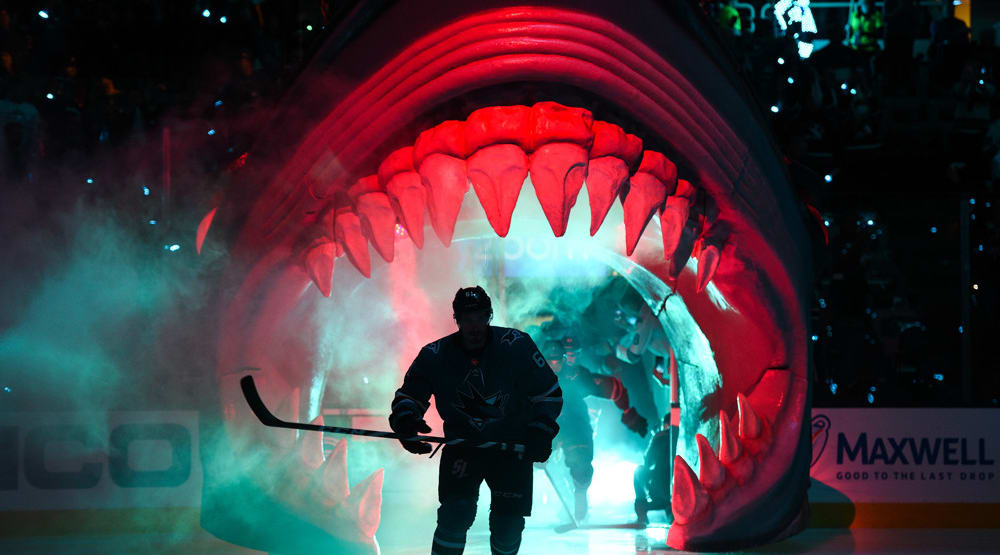Fantasy Hockey Lessons Learned from the 2024-25 Season
The 2024-25 NHL fantasy season has just about reached it's end. As always, there were several things that went according to plan and many that did not. Here we will take a look at the latter in hopes of improving the process for the 2025-26 campaign.
The Goaltending Market is More Volatile Than Ever
This is by far the most important one. I've always been an advocate for drafting goalies early simply because there aren't enough top-tier ones to go around. Sure, Connor Hellebuyck has been great, and Jake Oettinger and Andrei Vasilevskiy have helped anchor fantasy teams, but players like Igor Shesterkin, Jeremy Swayman, and especially Juuse Saros, have been woeful given where they went on draft day. Shesterkin has actually played pretty well relative to how bad his teammates have been, but Swayman and Saros have really struggled. What they all have in common is that the Rangers, Bruins, and Predators have all woefully underachieved as a team. Among the top 10 in the league in GAA are a player who was so bad he was included in a salary dump trade in the offseason (Darcy Kuemper), a guy on his fifth NHL team who had never played more than 28 games in a single year (Anthony Stolarz), and a goaltender who spent the first quarter of the year playing for the worst team in the league (Mackenzie Blackwood). My initial
Fantasy Hockey Lessons Learned from the 2024-25 Season
The 2024-25 NHL fantasy season has just about reached it's end. As always, there were several things that went according to plan and many that did not. Here we will take a look at the latter in hopes of improving the process for the 2025-26 campaign.
The Goaltending Market is More Volatile Than Ever
This is by far the most important one. I've always been an advocate for drafting goalies early simply because there aren't enough top-tier ones to go around. Sure, Connor Hellebuyck has been great, and Jake Oettinger and Andrei Vasilevskiy have helped anchor fantasy teams, but players like Igor Shesterkin, Jeremy Swayman, and especially Juuse Saros, have been woeful given where they went on draft day. Shesterkin has actually played pretty well relative to how bad his teammates have been, but Swayman and Saros have really struggled. What they all have in common is that the Rangers, Bruins, and Predators have all woefully underachieved as a team. Among the top 10 in the league in GAA are a player who was so bad he was included in a salary dump trade in the offseason (Darcy Kuemper), a guy on his fifth NHL team who had never played more than 28 games in a single year (Anthony Stolarz), and a goaltender who spent the first quarter of the year playing for the worst team in the league (Mackenzie Blackwood). My initial reaction is to continue to draft the same way simply because I don't see how fantasy managers can accurately predict which of these mid-to-late-round dart throw goaltenders will fare, but it's important we analyze the potential worse-case scenario for each team prior to the season.
Rookies Still Aren't Worth Reaching For
This has been my opinion for years, and it held true once again this season. Every NHL team has roughly 3-5 games remaining on their schedule. The current rookie point leaders are Lane Hutson (64), Matvei Michkov (58), Macklin Celebrini (57), Cutter Gauthier (40) and Will Smith (40). Michkov has exploded with 11 points in his last seven games to fly up the list. All remain elite, top-tier assets in keeper/dynasty leagues, but in redraft formats, fantasy managers can do better. Hutson is a bit of a different case because he's a defenseman, but the other four haven't been fantasy difference makers. Michkov and Celebrini would be late-round options if they were to finish in the range of 60 points. Gauthier and Smith are non-playable in redraft formats. Everyone loves rookies because of the potential unknown and massive upside, but there are very few guys like Connor McDavid and Auston Matthews who step in right away and dominate in the best league in the world.
The Top Drafted Defenders are Indeed, That
This is essentially what I expected to happen with the goalie market that didn't. Here are the current top 11 scoring defensemen in the NHL with their point totals: Cale Makar (91), Zach Werenski (75), Quinn Hughes (74), Lane Hutson (64), Evan Bouchard (63), Rasmus Dahlin (62), Victor Hedman (61), Josh Morrissey (57), Adam Fox (56), Jake Sanderson (54) and Shea Theodore (54). The only two guys on that list that weren't projected to be there before the season were Hutson, and perhaps Werenski, although he led all NHL rearguards in goals in 2019-20 and has always been one of the best offensive defenders in the league when healthy. Defensemen scoring is driven by power-play production, and it's exceedingly rare for a player to come out of nowhere and become an effective PP quarterback at the NHL level. The projected top rearguards before the season feel like safer investments than ever.
Fantasy Managers Can Find Some Secondary Scoring to Complement Hits
Hits aren't valued in every league, but in those in which they are, they can make a major difference. When considering hits, fantasy managers used to think of players like Matt Martin, Ryan Reaves, and Radko Gudas, guys that would throw the body around a lot and bring minimal offense to the table. That's not the case anymore. Of the current top 15 hits leaders in the NHL, six of them -- Kiefer Sherwood, Will Cuylle, Mathieu Olivier, Paul Cotter, Brady Tkachuk, Eeli Tolvanen -- have scored at least 15 goals this season, while 10 of the 15 have posted at least 22 points. Outside of Tkachuk, none of these players are going to be true difference markers from an offensive standpoint, but there are guys who can help fantasy managers in both hits and be a nice source of secondary scoring, and that's a potential major advantage depending on your format.
Don't Bet on Players with Limited Power-Play Production
This is more of a lesson for next year. As I mentioned earlier, fantasy usefulness is largely determined by effectiveness with the man advantage. Take Mika Zibanejad of the Rangers. The prior two years, he had 70 power-play points combined, while he's had just 19 this year. That's why he has just 52 points after finishing with no fewer than 72 points in any of the prior five full seasons. He's not the best example because he's been on New York's No. 1 power-play unit all season, but it just illustrates the point of how a player's numbers can tank if he isn't scoring a man up. The poster boy for this this season is Aliaksei Protas of the Capitals. Protas is currently 44th in the NHL in scoring with 30 goals and 66 points in 76 games. He's been riding a heater all season and is currently a plus-40, second-best in the NHL. The numbers on the surface are exceptional, but he averages just eight seconds worth of power-play time per game and has just a single assist with the man advantage all season and even has five shorthanded points. Unless Protas' power-play time increases next year, expect a significant drop in production.












